Fustic Dye
Fustic Natural Dye features chipped heartwood from Maclura tinctoria, a mulberry tree native to the tropical Americas. For centuries, dyers have relied on Fustic Dye as a key natural yellow dye and a vital component in creating compound colors like black and brown. Rich in morin, this dye yields vibrant yellow and yellow-orange hues.
We source our Fustic Dye chips from high-quality heartwood harvested in Brazil. Use 40% weight-of-fabric to achieve clear lemon yellows, or increase to 100% for deep, golden tones.
These chips dye wool and silk beautifully. For best results on cotton, we recommend switching to our Old Fustic Extract.
Background on Fustic Dye
The Old Fustic tree, Maclura tinctoria (also known in some sources as Chlorophora tinctoria or Morus tinctoria), belongs to the mulberry family and grows throughout the tropical Americas—from Mexico to Brazil and across many Caribbean islands.
Exporters began shipping Fustic Dye to Europe in the 17th century, where it quickly became a staple in the dyer’s palette. When used properly, Old Fustic yields clear yellows and golden tones with excellent fastness and vibrant intensity.
English dyers especially prized Fustic Dye, importing thousands of tons annually to produce vivid yellow dyes (Gardner 1896:46). While dyers on the European continent often preferred local weld, and Americans favored quercitron (black oak bark).
Its popularity declined in the early 20th century due to the rise of coal-tar synthetic dyes and the over-harvesting of natural sources. Nevertheless, as late as 1914, the U.S. imported thousands of pounds of Old Fustic to dye military uniforms their signature khaki hue.
Old Fustic contains two main colorants: morin and maclurin (also called moritannic acid) (Crookes 1874:406). These compounds behave differently in the dyebath and affect the final shade in distinct ways.
Morin produces the bright yellow and orange hues associated with an alum mordant (Gardner 1896:48), while maclurin acts like a tannin and tends to muddy the color with dull browns.
To avoid this, dyers must keep temperatures between 180°F and 190°F and limit the time fibers spend in the bath—overheating or overexposure allows maclurin to overpower morin, resulting in dull, drab tones.
Historically, dyers added hide glue to the dyebath to bind excess tannins when dyeing at higher temperatures. Today, using Old Fustic Extract offers a simpler solution, as the extraction process removes most tannins upfront.
Safety Precautions for Fustic Dye
- Do not ingest this product. Use it solely for textile dyeing—never as an herbal supplement.
- Avoid getting the dye in your eyes. If contact occurs, rinse immediately with cool water.
- Do not use this product as a cosmetic additive. Never apply it directly to skin or hair.
- Open containers with care to prevent spills or airborne dust. Always work in a well-ventilated area, and avoid inhaling sawdust. Wear a mask when handling fine powders.
- Clean up any spills immediately using a paper towel or disposable rag.
- Use only dye pots and utensils reserved for dyeing. Never use tools like pots, containers, spoons, tongs, or thermometers for both dyeing and food preparation.
- Keep Old Fustic shavings, dye baths, and mordant solutions away from children and pets. Always supervise dyeing projects with adult oversight.
- Some recipes in this guide call for oxalic acid. Handle oxalic acid with extreme caution—it is highly caustic and toxic if ingested. Use it only outdoors and with proper safety gear. Read all safety instructions and consult your manufacturer’s Safety Data Sheet (SDS) before use.
- Prop 65 Warning: This product contains wood dust, a substance known to the State of California to cause cancer.
- Naturaldye.us does not accept liability for misuse of this product or for any unintended staining of clothing, workspace, or personal property. Follow all directions carefully.
Recommended Supplies for Fustic Dye
Dye Pot. Choose a dye pot large enough to hold all your fibers comfortably. Make sure the fibers have plenty of room to move and that the liquid can circulate freely.
Metal Tongs. Use a dedicated pair of metal tongs to stir the fibers and lift them out of the pot. Never reuse these tongs for food preparation.
Rubber Gloves. Wear rubber gloves when handling mordanted or freshly dyed fibers, especially before rinsing.
Candy Thermometer. Clip a candy thermometer to the side of the dye pot to accurately monitor the temperature throughout the dyeing process.
Scale. Use a scale to measure the weight of your fiber, mordants, and dyestuffs precisely.
Alum Mordant. Use aluminum potassium sulfate (potash alum) as your primary mordant. You can often find this form of alum in the spice section at grocery stores.
Tin Mordant. Add stannous chloride (tin mordant) to your process when you want to brighten the yellow shades produced by Old Fustic. Use it alongside alum for best results.
Fine Mesh Strainer. Strain out the wood particles after extraction using a fine mesh strainer to keep your dye bath clear.
Scouring and (Not) Mordanting
Fustic Dye stands out as one of the few natural dyes that delivers excellent results with both “single-bath” methods and traditional pre-mordanting. Single-bath dyeing may require a slightly higher weight of dye to achieve the same depth of shade, but it often produces brighter, clearer yellows.
For this reason, we usually skip pre-mordanting when working with Fustic Dye chips. However, if you prefer to pre-mordant, you can achieve a strong yellow using 10% alum and 11% cream of tartar.
Always scour and wet out your fibers thoroughly before dyeing.
For Protein Fibers (wool, silk, alpaca, etc.):
Start by weighing your dry fiber. This measurement helps you calculate how much wood and mordant to use later.
If your fibers aren’t already clean, scour them before dyeing. Fill a dye pot with warm tap water, leaving enough space for the fiber to move freely. Add ½ teaspoon of pH-neutral detergent (such as Synthrapol or Orvus Paste) per pound of fiber. Mix well and add the fibers to the pot.
Raise the temperature to 180°F for wool or 160°F for silk. Hold that temperature for one hour, stirring occasionally to ensure even cleaning. After an hour, remove the pot from heat and let it cool until the fibers can be safely handled.
Use tongs to transfer the fiber into a rinse bath that matches the temperature of the scouring bath to avoid shocking the fiber. Rinse thoroughly, then proceed to dyeing.
For Cellulose Fibers (cotton, linen, etc.):
Use Fustic Dye Extract instead of wood chips.
Old Fustic wood produces dull, unsatisfying colors on cellulose fibers like cotton, even when pre-mordanted. Historically, dyers rarely applied Old Fustic directly to cotton unless they used it in compound colors like browns (see Hummel 1902:359). To dye cotton or other plant-based fibers successfully, switch to our concentrated Old Fustic Extract. It delivers rich golden yellow shades and performs far better than the raw wood.
Building the Dye Bath
Building a dye bath with Fustic Dye chips is simple—just simmer the color out of the wood. While some dyers prefer to soak the chips for extended periods and perform multiple long boils, we’ve found that two short extractions of about 30 minutes each release nearly all the color. This faster method also reduces the amount of tannins extracted, making it easier to achieve clear, vibrant yellows.
Instructions:
- Weigh the Chips. Measure out the amount of Fustic Dye chips specified in your recipe.
- Prepare the First Extraction. Place the chips in your dye pot and fill it about halfway with lukewarm water.
- Bring to a Boil. Heat the pot until it reaches a rolling boil. Old Fustic releases color more slowly than other dye woods, so the bath will start turning orange only after it begins to boil.
- Simmer. Reduce the heat, cover the pot, and simmer for 20 minutes.
- Steep and Cool. Turn off the heat and let the chips steep for another 10 minutes. Uncover the pot and allow the liquid to cool until it’s safe to handle.
- Strain the Dye Bath. Pour the liquid through cheesecloth, a fine mesh sieve, or an old t-shirt into a holding container such as a plastic bucket or a second dye pot. Filter out all wood particles any bits that remain can cause splotches on your fabric.
- Repeat the Extraction. Return the strained wood to the dye pot, refill it halfway with lukewarm water, and repeat steps 3 through 6.
- Combine the Extractions. Add the second extraction to the first. This combined orange liquid forms your final dye bath.
- Finish Up. Discard the used wood and clean your dye pot. Return the combined extractions to the pot this rich orange liquid is now ready for dyeing.
Recipe: Lemon Yellow
This recipe, adapted from Franklin Beech’s The Dyeing of Woolen Fabrics (1902), produces a soft lemon yellow on wool and silk. Unlike some natural dyes that create intense neon shades, this one gives a gentle, pastel yellow.
Instructions:
- Build the Dye Bath. Follow the instructions in Section 5 to build a dye bath using 40% weight-of-fabric (WOF) of Fustic Dye chips. Strain out the wood after extraction.
- Add Cream of Tartar. Add 6% WOF cream of tartar to the dye bath. Stir well to dissolve it completely.
- Add Mordants. Add 6% alum and 2% stannous chloride (tin mordant) to the bath. Stir for about a minute until fully dissolved.
- Add the Fiber. Place your well-scoured, pre-wetted fiber into the dye bath.
- Heat the Bath. Raise the temperature to 180°F for silk or 190–200°F for wool. Hold this temperature for 1 hour, stirring occasionally to ensure even dyeing.
- Cool the Bath. After 1 hour, remove the pot from the heat. Let the bath cool until you can safely handle the fiber.
- Rinse the Fiber. Remove the fiber and give it a quick rinse in warm water.
- Dry the Fiber. Hang the fiber to dry in the shade, somewhere safe from dye drips. Avoid direct sunlight, which can fade the color before it has time to set.
- Final Rinse. Once dry, rinse the fiber thoroughly using a pH-neutral detergent like Synthrapol. Follow the manufacturer’s instructions.
- Dry Again. Hang the fiber up to dry completely. Store away from direct light to preserve the color.

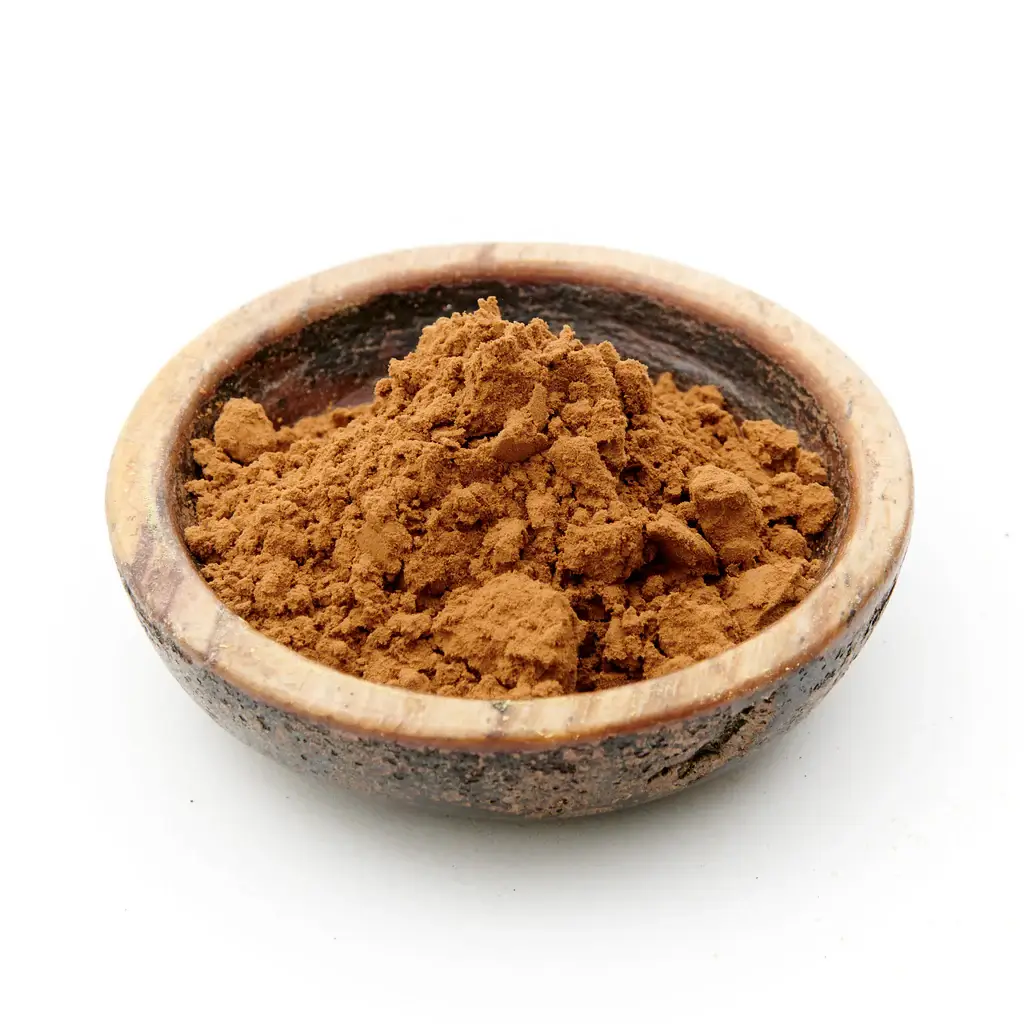
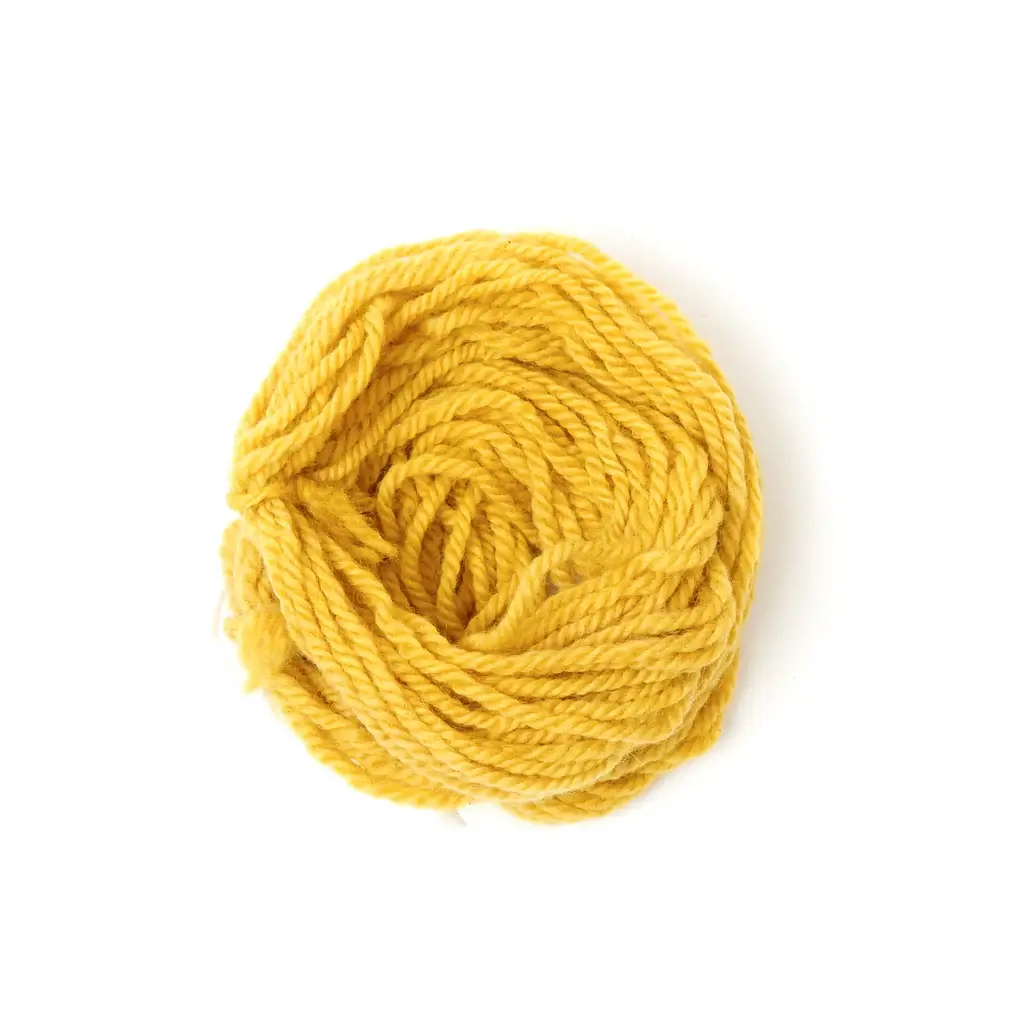
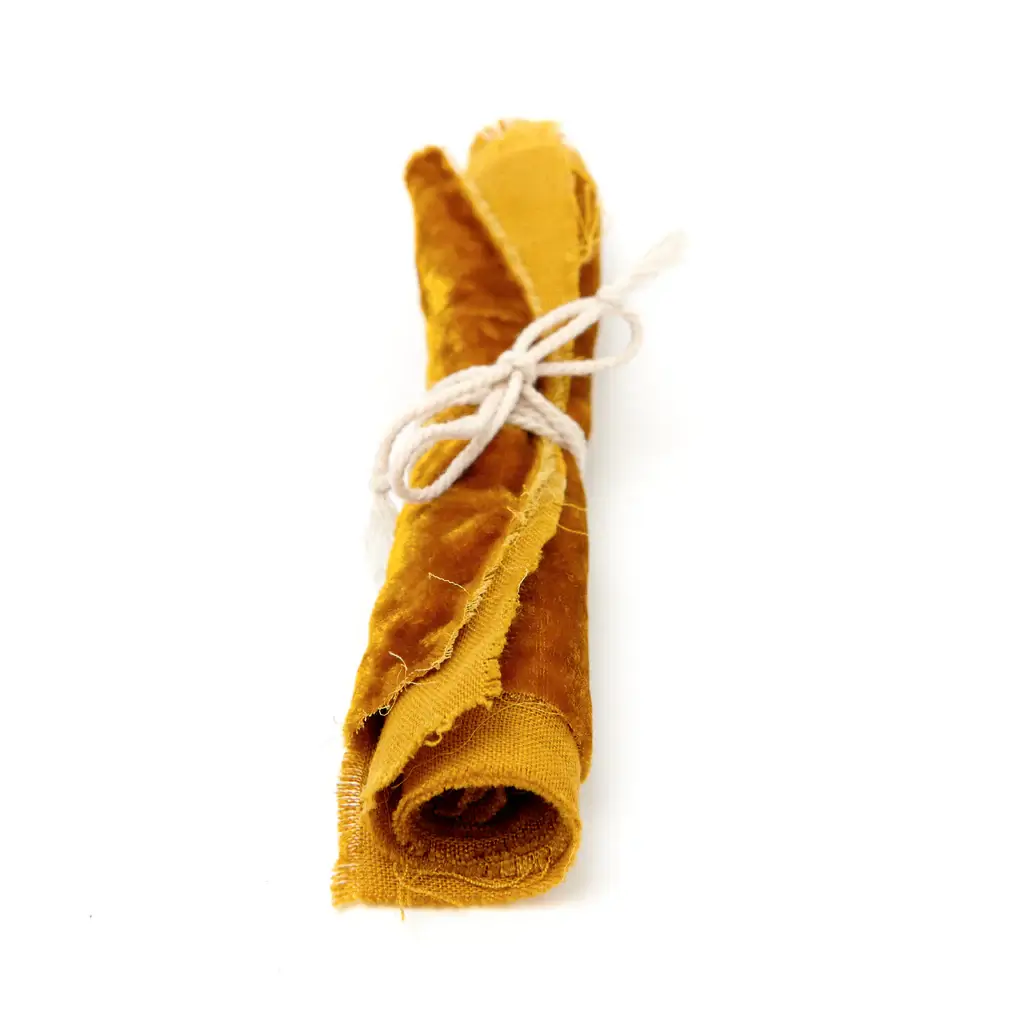
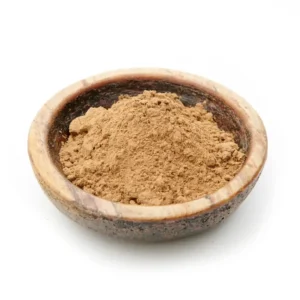

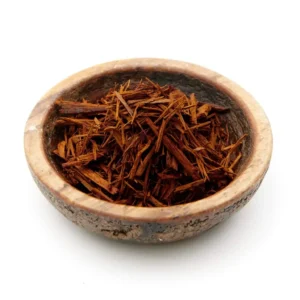
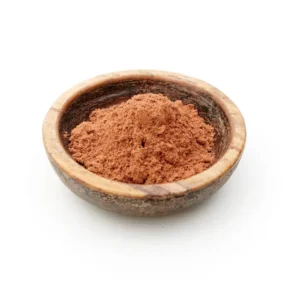
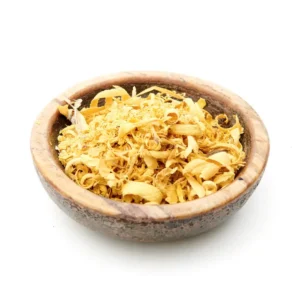
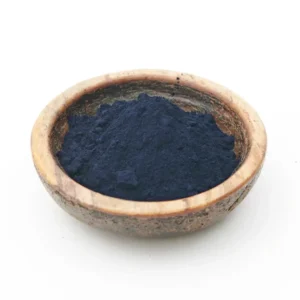
Reviews
There are no reviews yet.